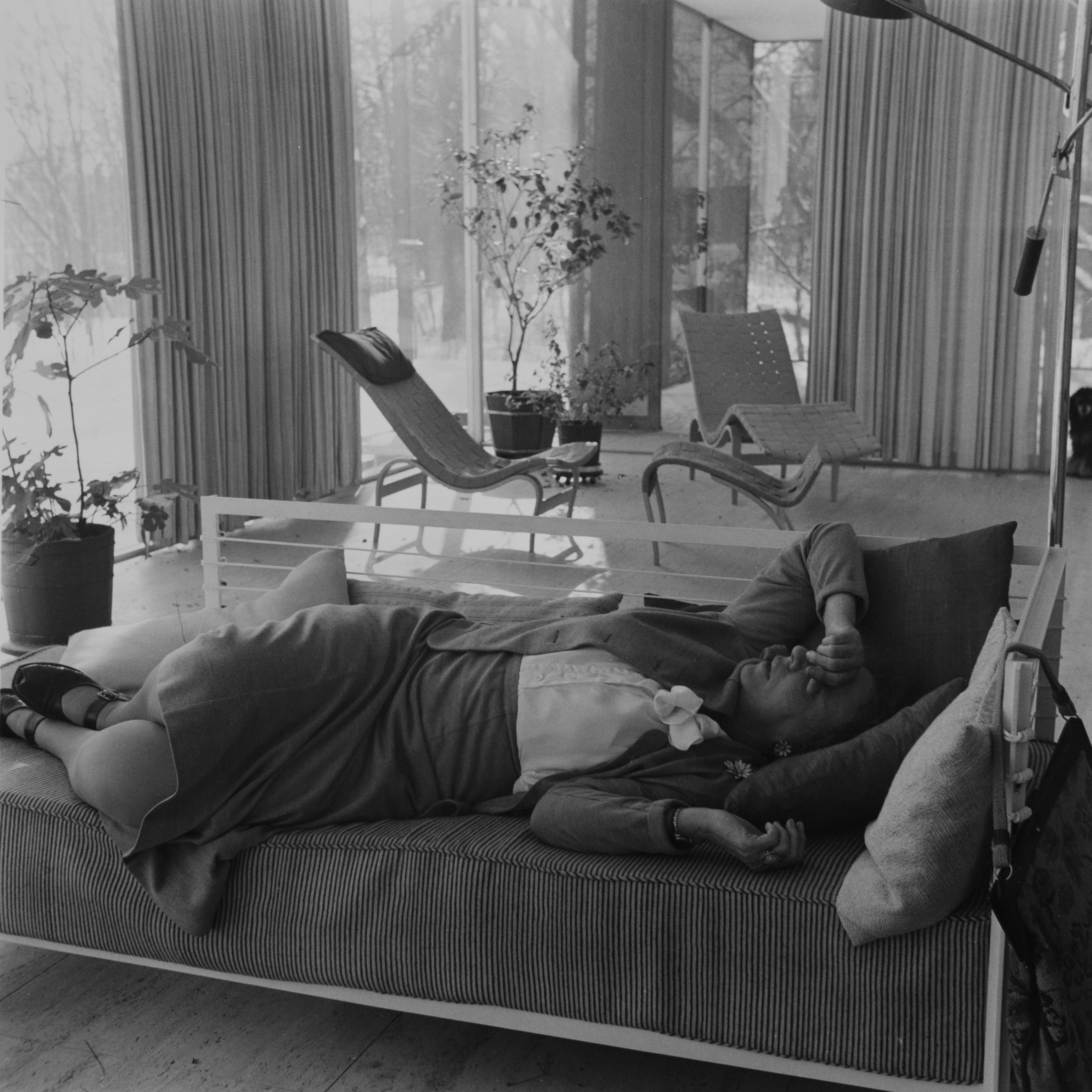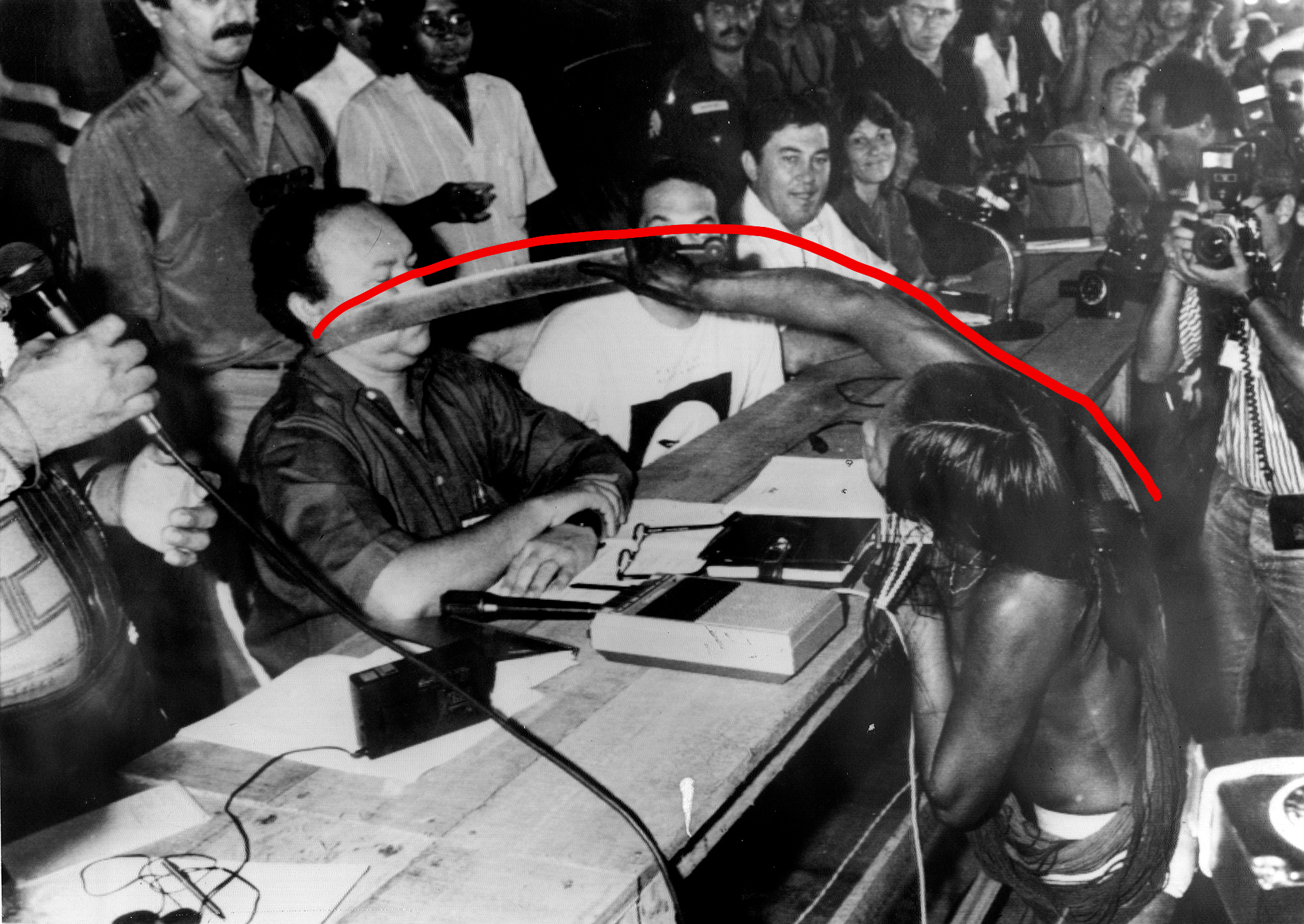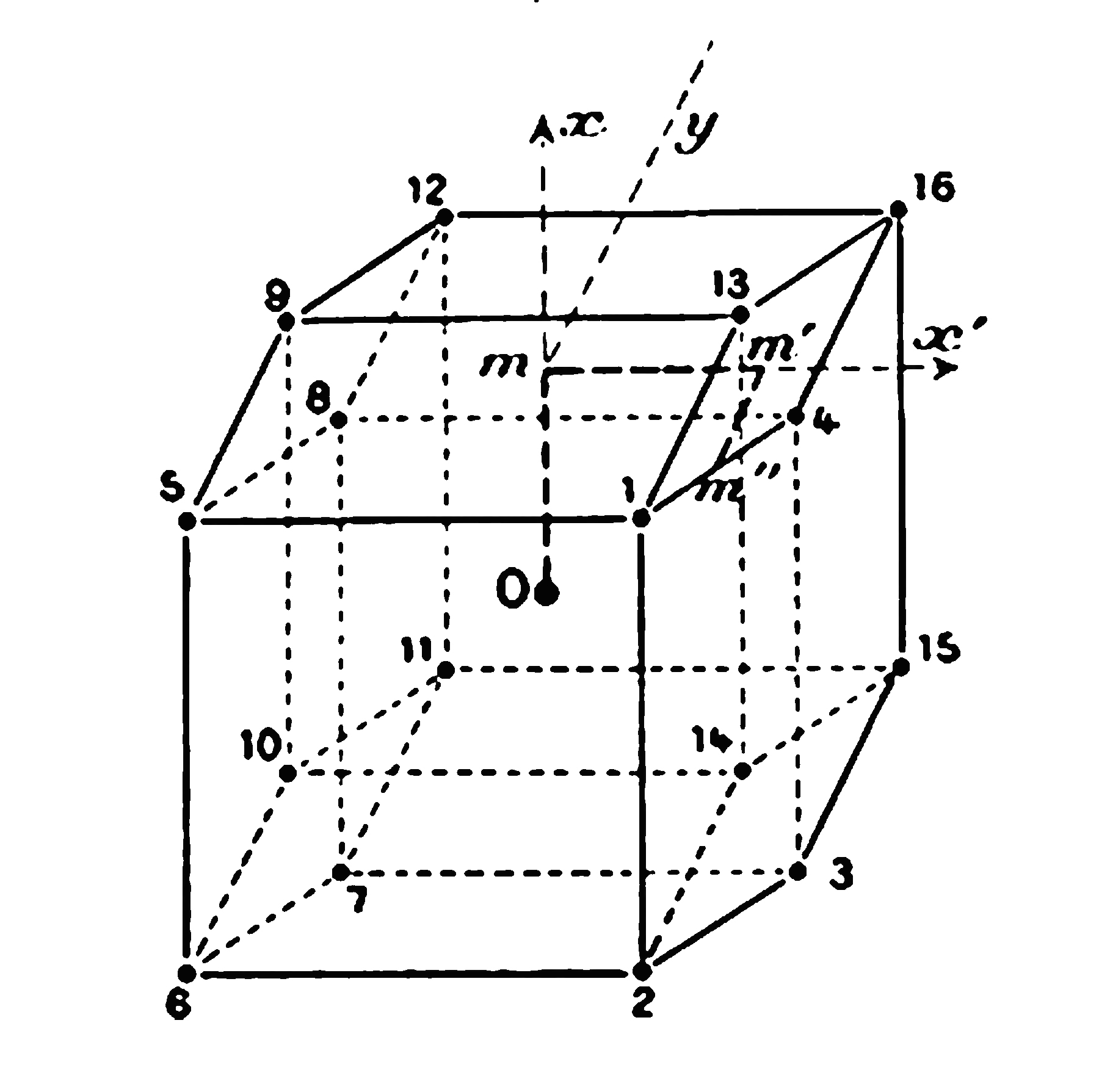Program of Texts
The cmb Program of Texts is an initiative that offers the materials available in the archive to encourage authors and artists to unwind critical, analytical, propositive and/or poetic threads starting from key moments of the modern and contemporary artistic production.
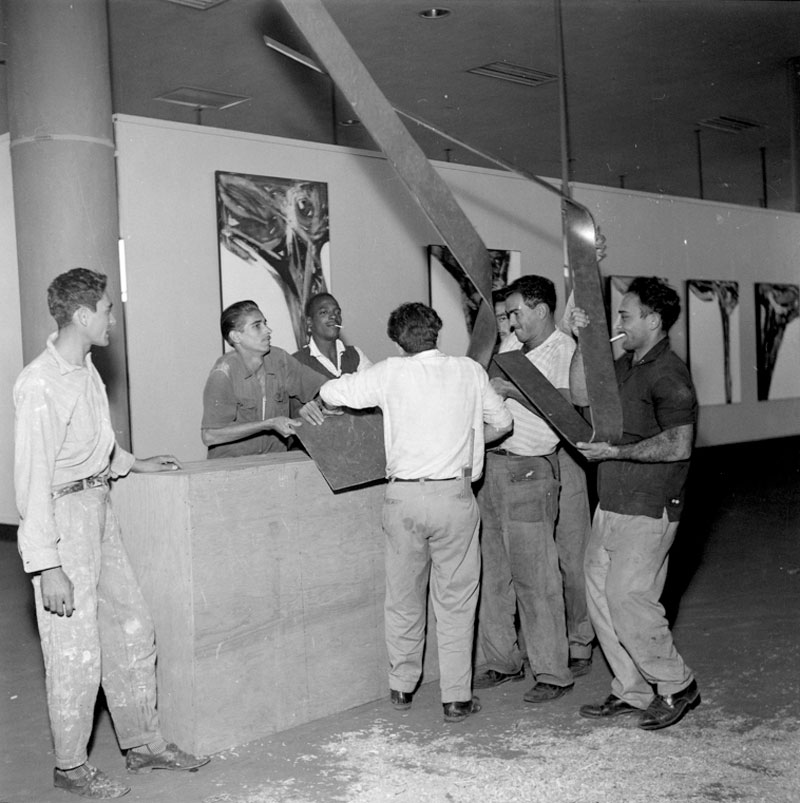
Pedrosa's proposal for the 6th Biennial sought to remove the works of contemporary artists from the specialized isolation of modern art museums, then in vogue. By ending specialization, he contradicted the traditional historiography of art, which imposed on certain works and objects the label of “predecessors”: Aboriginal, Hindu, Baroque and the European 1800s, and Latin American art seem to ricochet in the photos of the construction of Brasília, in Alicia Penalba's bronzes, in Lygia Clark's Critter.
Cássia Hosni
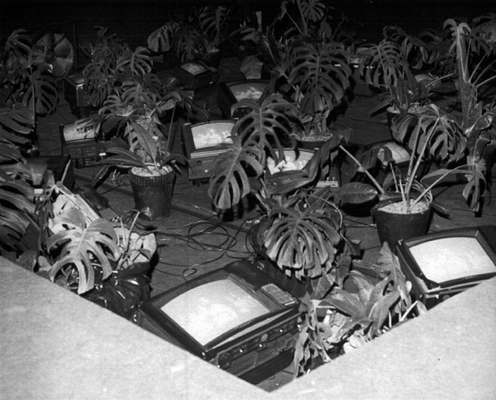
The inclusion of moving images into the exhibitions of the São Paulo Biennial in the early 1970s can be seen as a setting of technical, aesthetic, and geopolitical conflict. Such conflicts proliferated due to the very model adopted by the event (and abandoned only in 2006, in its 27th edition), which was based on national representations wherein the invited countries pay for the transport of works and equipment—and therefore have the final word on what will be displayed. It is not by chance that this regime attributed greatest importance to financial aspects, allowing the great economic powers to have greater prominence.
While in the late 1960s artists are isolating themselves in the North American deserts, moving huge amounts of earth with machines and thousands of dollars and questioning concepts of landscape, industry, time, materiality and value, tractors and backhoes (probably similar to the ones that Robert Smithson called Robert Morris's paint brush) are opening immense trenches in an absolutely humid territory, where you can't see the horizon with your feet on the ground, maybe not even three meters ahead, and yet it's considered infinite.
The reflection of the knife
Caio Bonifácio and Renata Masini Hein

The gesture of refusal and the expression on Iole's face when facing her reflection in the mirror demonstrate an eloquent confrontation with her own body - a closed body, as if imposing, to a repression. The hardness of an armor of emphatic refusal, of a body that confronts at the same time that it retreats. The knife is ambiguously a symbol of violence: it is just an instrument, which, depending on who wields it, is capable of repressing or releasing.
Creation and care in mixing vibrating/material bodies
jialu pombo

The intertwining between life and death that Lygia talks about is what I call the expression of vulnerability-force: there is a force present in an embryo that carries potential information of life, and for such a life to come into existence, whatever carries it needs to open its hand to its form, reach the height of its vulnerability, and blend in to germinate something else.


